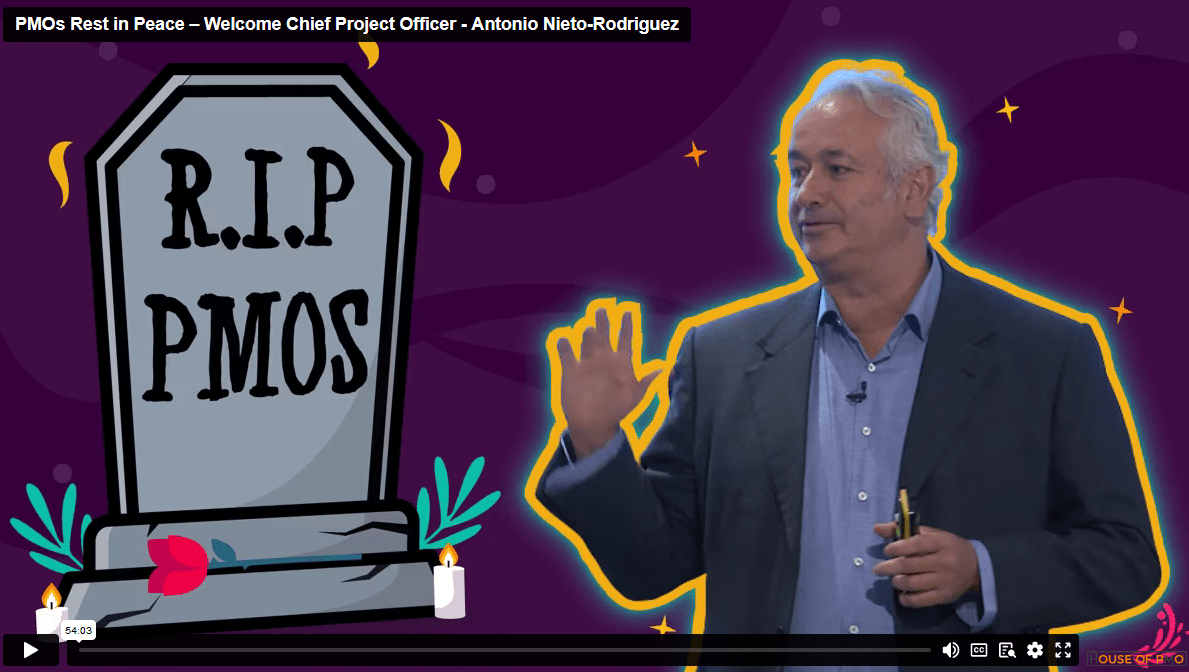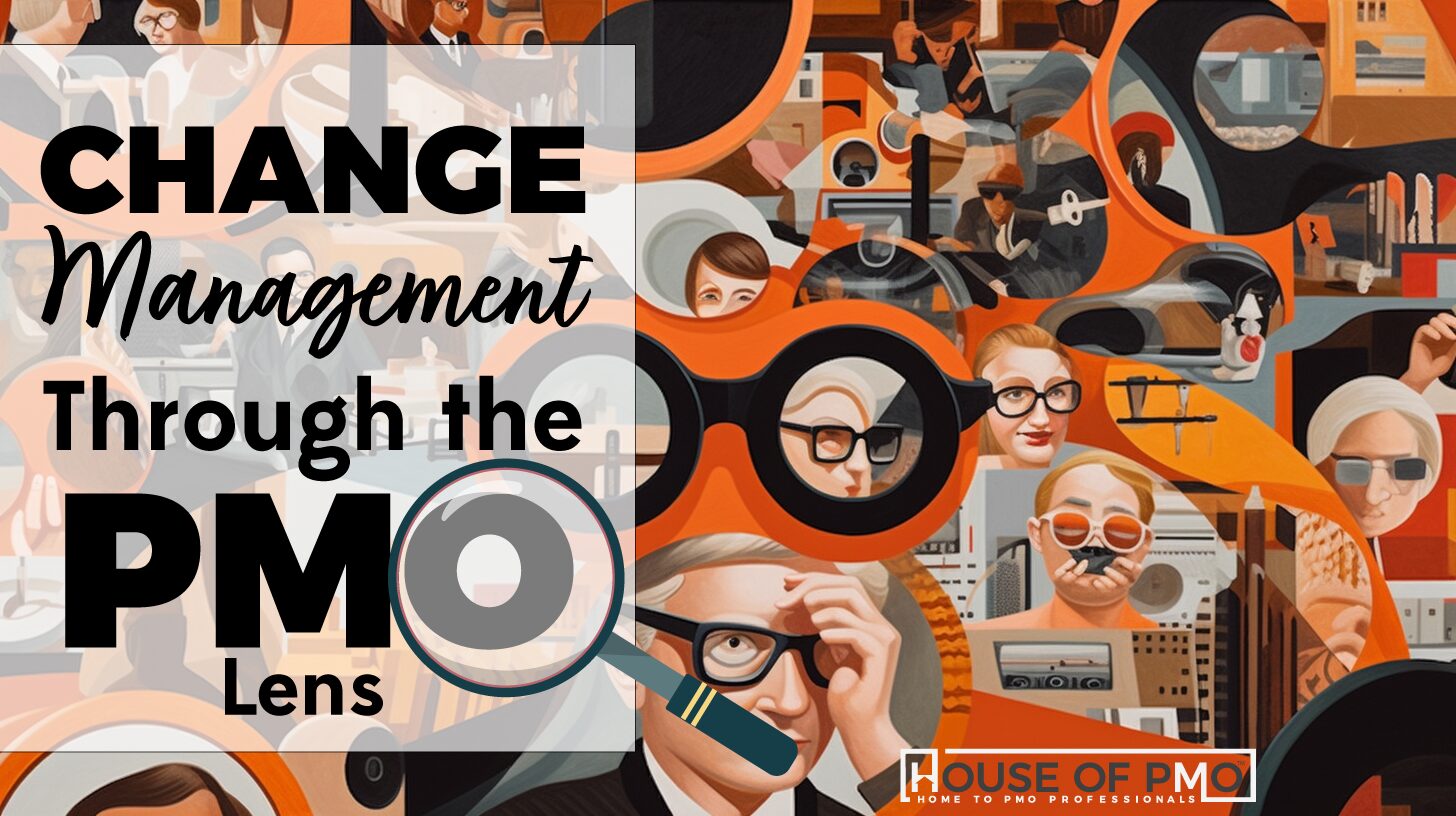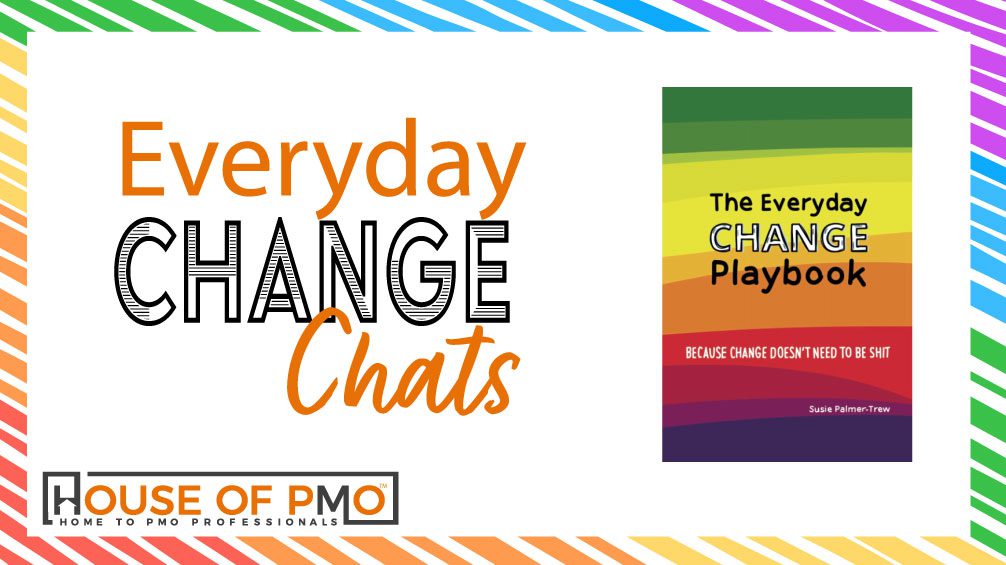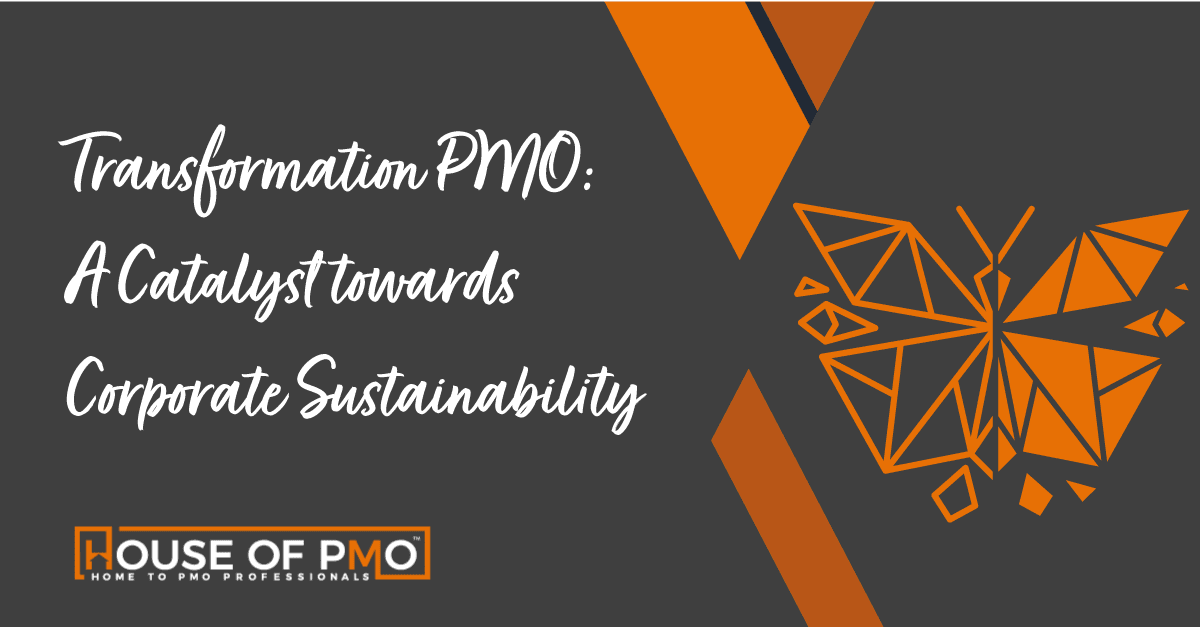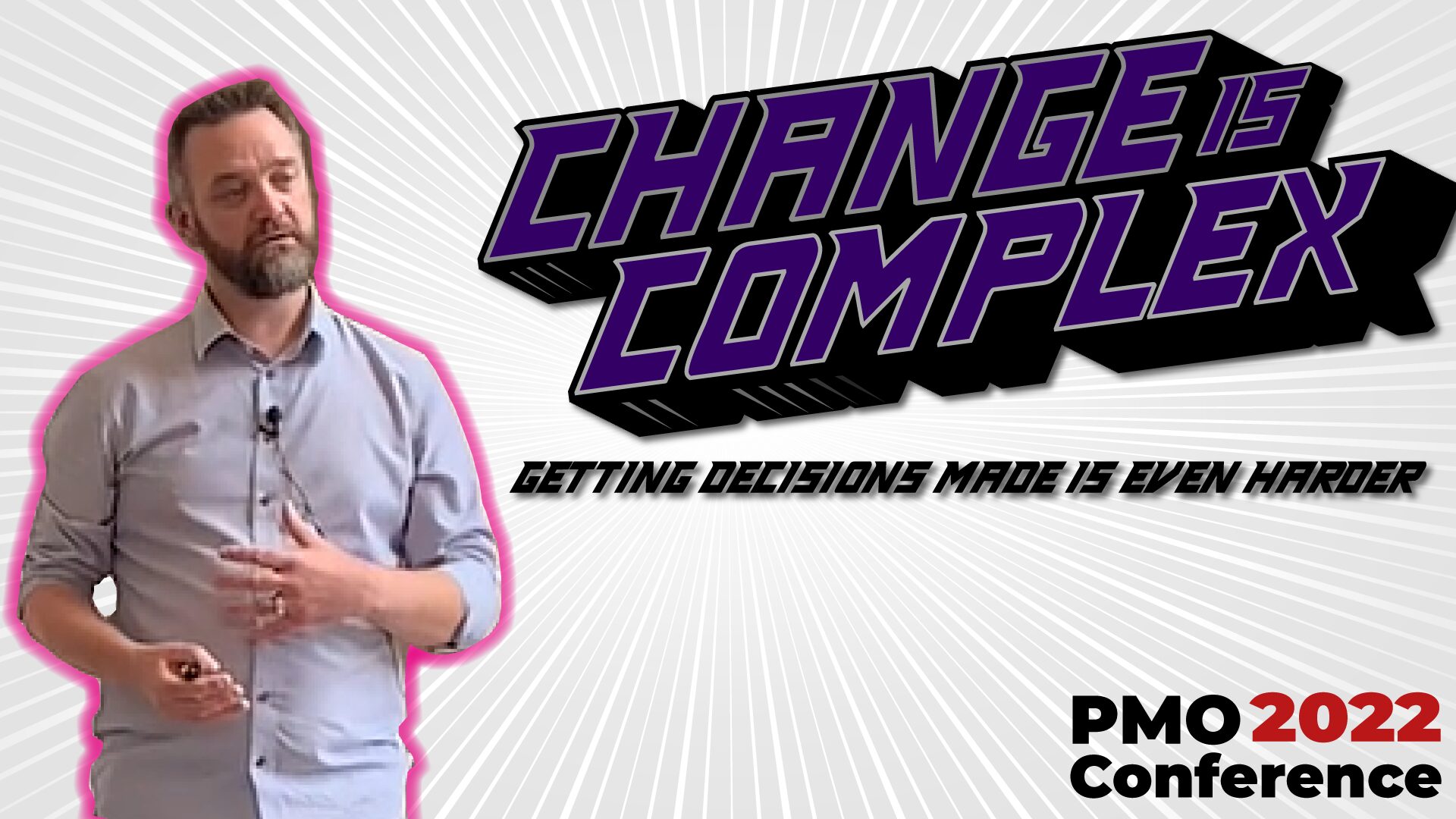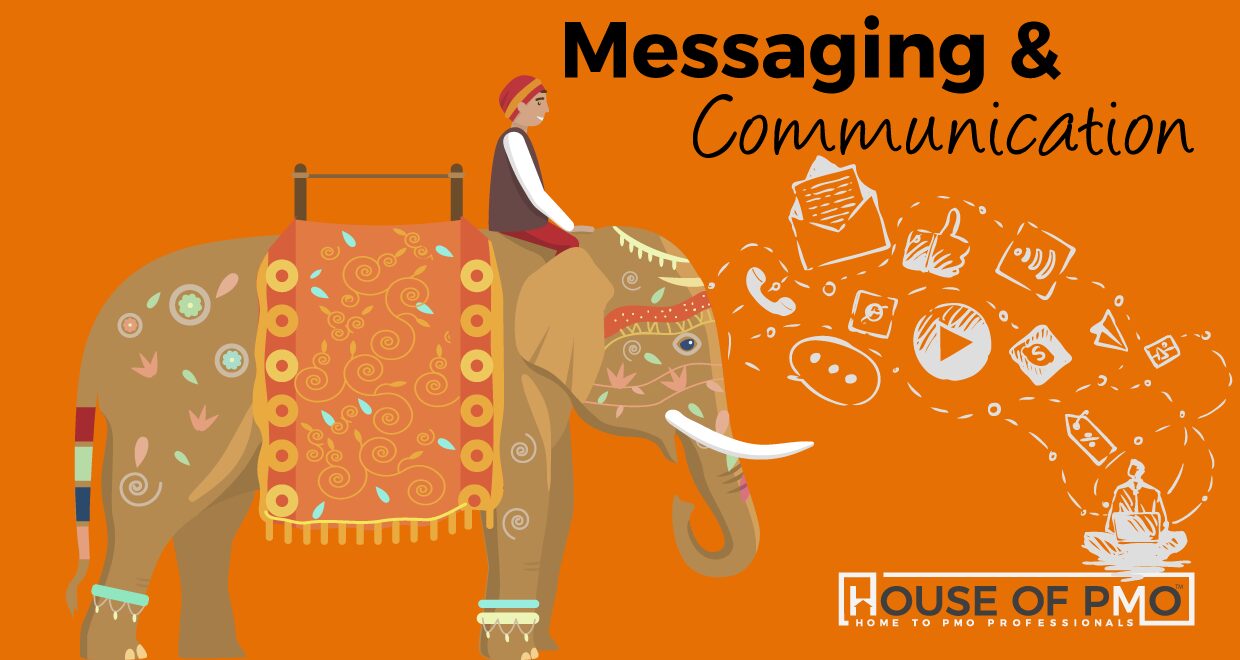In this session from the PMO Conference in 2022, Zoe O'Toole looks at how change management can be used to boost positive PMO influence with examples from both project delivery, portfolio management and PMO set-up.
Go to article
In this session, Criag explored concepts around why effective decision making is complex, including behavioural psychology, emotional intelligence, design thinking and data science.
Go to article
I listened to a webinar last week called Deciding the Key Things to Explain to Stakeholders During Transformation. It was delivered by Jo Ann Sweeney who I met when co-editing the Handbook of People in Project Management a few years ago.
Jo Ann specialises in communications in business and change projects and I thought this would be a good session to gain some insights for PMO practitioners. Insights not just for the programmes and projects they support and the change professionals they might work with - also their own communications from the PMO to their own stakeholders.
There were three key things worth sharing - the concept of the elephant and the rider; overarching themes and how to structure messages.
Go to article
Change Management is about the change from current workings to the desired end state. The focus is on people and helping them through this transition. The skills go hand in hand with project management, but the two roles require different skill sets.
However, there are techniques and tools that a PMO can incorporate into best project management practice which enables both them and project managers to manage change more effectively.
This session will focus on some of the basic concepts of change management and how they can be used to help understand the size of the transformation and make sure that it aligns to key project activities.
The session will include real examples that demonstrate the impact of change management approaches on a project. If you’re currently exploring the adoption of change management principles and approaches within your organisation or PMO, this session is a great place to start.
Go to article
Change is an all-encompassing word used to describe the impact to processes, people and target operating models.
This can make it confusing to those who support its implementation. We know that whatever the drive for change, whether a shift in strategic direction, customer demands, the disruption of digital or AI, organisations are increasingly coming to terms with how critical strong change management practices are to the success of their transformation.
This makes change everyone’s business.
We believe the PMO is not only perfectly placed to support change but can help lead the way. Because, when the PMO understands the science behind change management and can recognise when it’s needed, it can ‘plug in’ sound change strategies, practices and thinking at the heart of every project and outcome delivered.
The PMO can broker the connection between change management and project delivery assuring effective practices are in place.
This session will help PMO leaders learn how to develop their own and their teams’ competencies and ability to support change.
Go to article
Organisations that excel at investing in change use a goals-driven portfolio.
They prioritise their goals, invest more in their priority goals, and choose projects that can achieve those priorities as efficiently as possible.
A goals-driven portfolio provides the foundation for agile investment decisions.
As rapidly as the market changes, as new ideas emerge, and as today’s projects vary in their probabilities of success, business leaders and portfolio managers can re-appraise the organisation’s investment choices.
They can decide what to keep the same in the portfolio and what needs to change – to achieve the goals they are investing in, at the speed they need to achieve them, and with the least possible risk.
Go to article
Susie is the Head of PMO and Change at the Open University, this session, following the Open University’s
recent award for PMO of the Year from the Association for Project Management is both a reflective and proactive look at the role of the Open University PMO as it transitioned from project support to a strategic partner; the lynch pin to their £100million change portfolio. The session will explore how the OU PMO chose to act as a catalyst for change, their role in using change management as an essential component to project and PMO success, and how they actively challenged blocking behaviours.
Go to article
